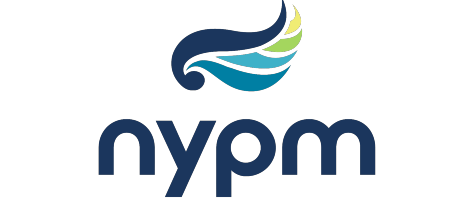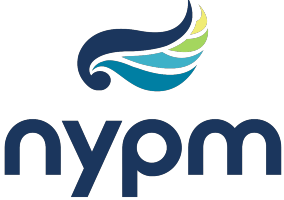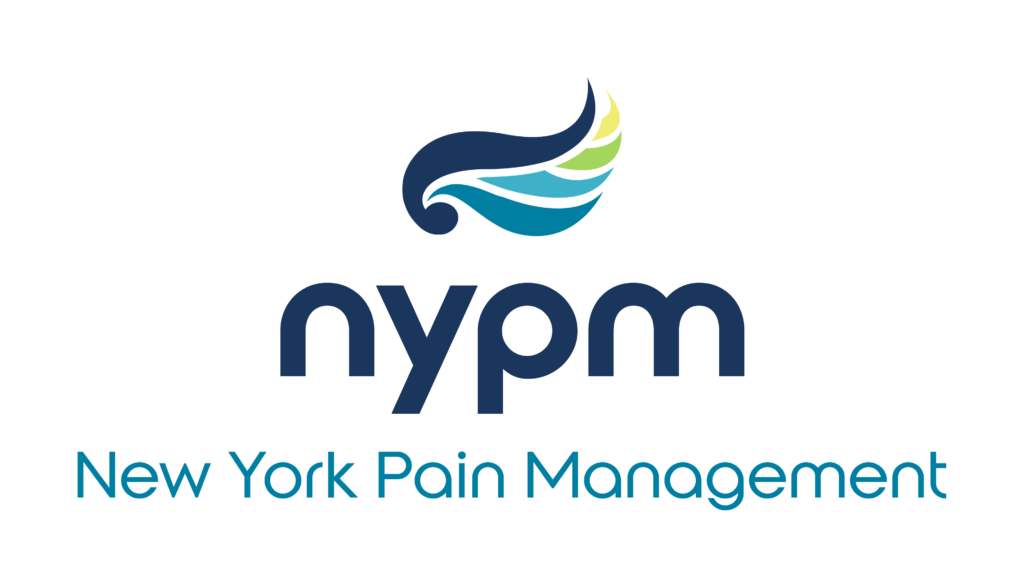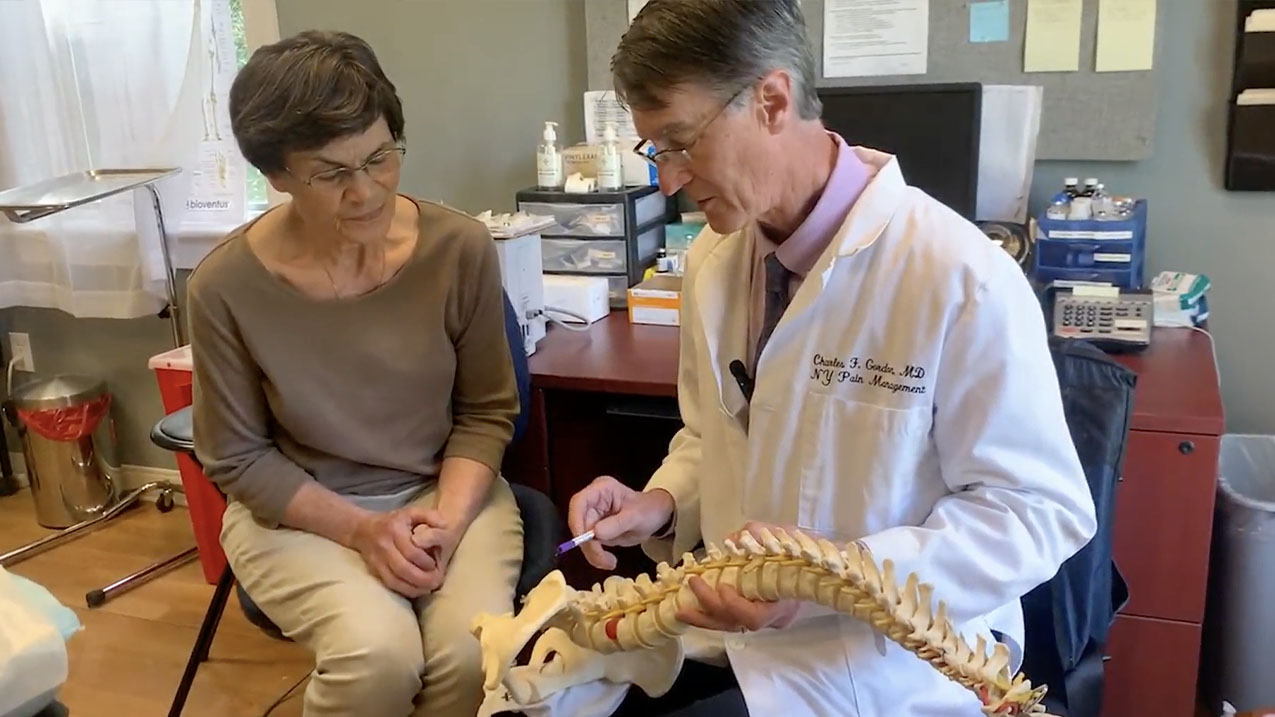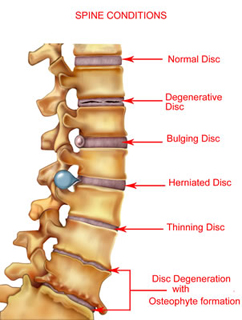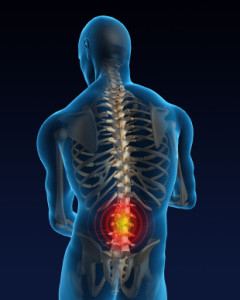Clifton Park doctor focuses on alternative pain management treatments to combat addiction
Clifton Park — In Clifton Park, a local doctor is trying to set a standard in regards to pain management, moving away from pain medication, instead opting for alternative pain treatment. Drug overdose deaths have dropped by about 9 percent over the last year in New York, but in September, the StateOpioid Settlement Advisory Board urged Governor Hochul to declare an emergency declaration regarding the opioid crisis. While the federal government has allocated $1.5 billion to the States to address this issue, Dr. Charles Gordon, Medical Director at New York Pain Management and Director Northway Surgery and Pain Center, is working within his own practice to avoid an addictive outcome.
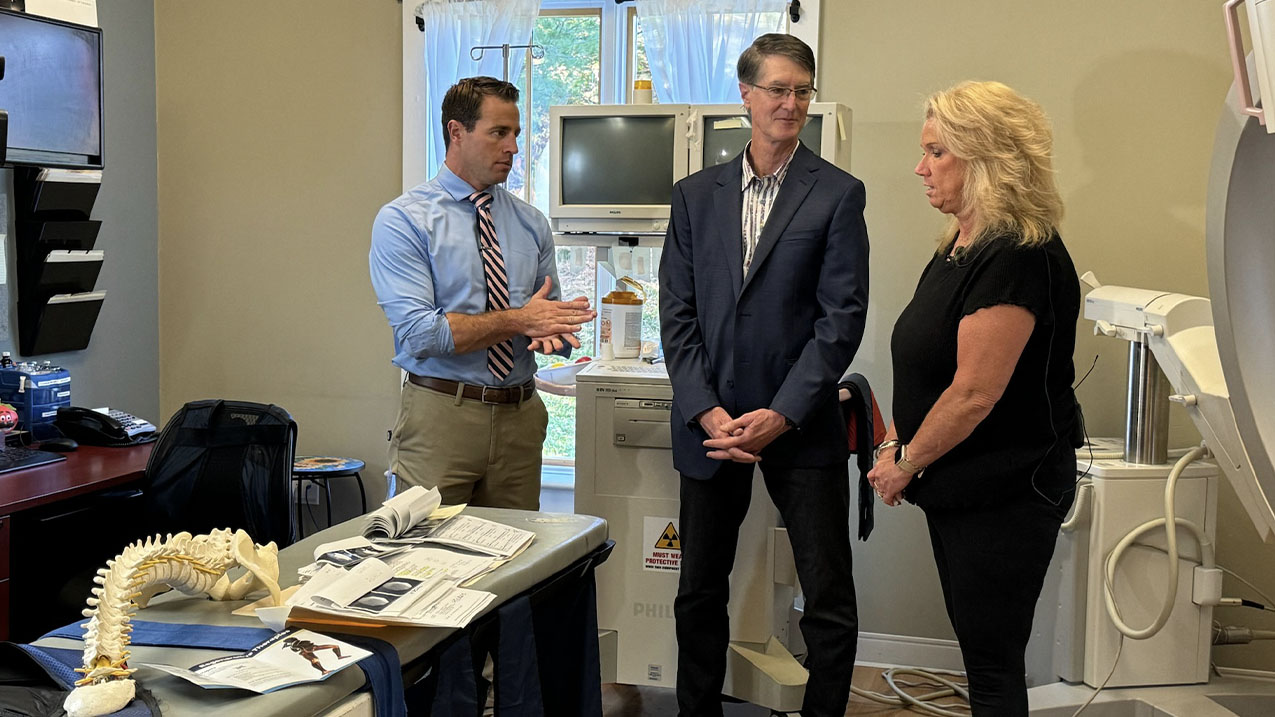
“Once we learned we were heading the wrong direction…we were seeing some problems in our patients, and addictive behaviors, we shifted in a completely different direction towards procedural care to try and get people away from those medications,” Dr. Gordon says. Those alternatives include chiropractic care, physical therapy and massage therapy, along with procedures like Platelet Rich Plasma injections.Dr. Gordon says it usually takes a few months before a patient is ready to perform once again. “I didn’t really know about PRP, I had two Cortizone injections, and it didn’t really work, so I was at my wits end because I was not playing tennis, which I love,” Helen Mastrion, a patient, says. “After the injections it took a week or two before I could feel everything calming down, I’m playing now and it’s been perfectly fine.”
Stacey Lorrain, another one of Dr. Gordon’s patients, says she was dealing with chronic pain before starting treatment, but was wary of pain meds because of the impact they had on people she knows. “She went through a period of time, where she had a problem with it, but has been good now with it for 6 years now,” Lorrain says. “When you’re on pain medicine, not getting treatment otherwise, you need something stronger…[then] you need something stronger.” Lorrain has undergone rhizotomy procedures in her neck at New York Pain Management, saying it eliminates pain for her for almost a year. While the federal and state governments supply funding for measures like harm reduction and treatment, Dr. Gordon says more needs to be done on this end of the opioid crisis.
“One of the problems we have in Upstate New York is the reimbursement is relatively low compared to downstate and the western part of the state,” he says. “The financial aspect of it as huge, as we know insurance companies are constantly in flux they’re constantly changing their rules.They may limit care in certain ways, they put up a lot of fences for us to jump over a lot of hurdles trying to get patients treated and treated effectively and responsibly.We need government to see that society, the voters, us, all of us, are limited in our ability to get back to work, to get back to play, to get back to our families because the process of health care has slowed down immensely.”
Read this article on CBS6 Albany here
New York Pain Management has Board Certified Pain Physicians working for you. We have locations in Clifton Park and Queensbury and more information can be found on our website at https://www.nypainfree.com
